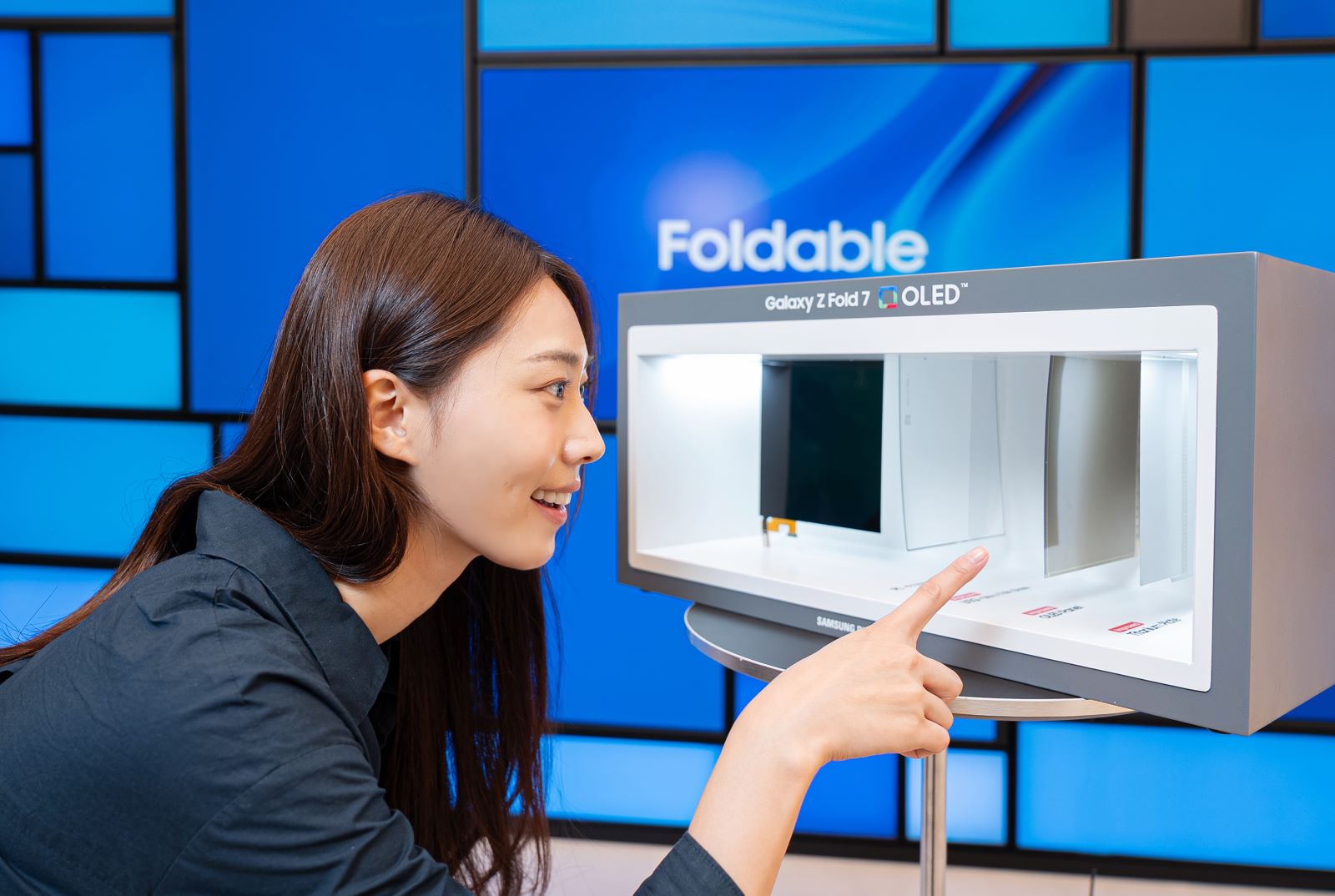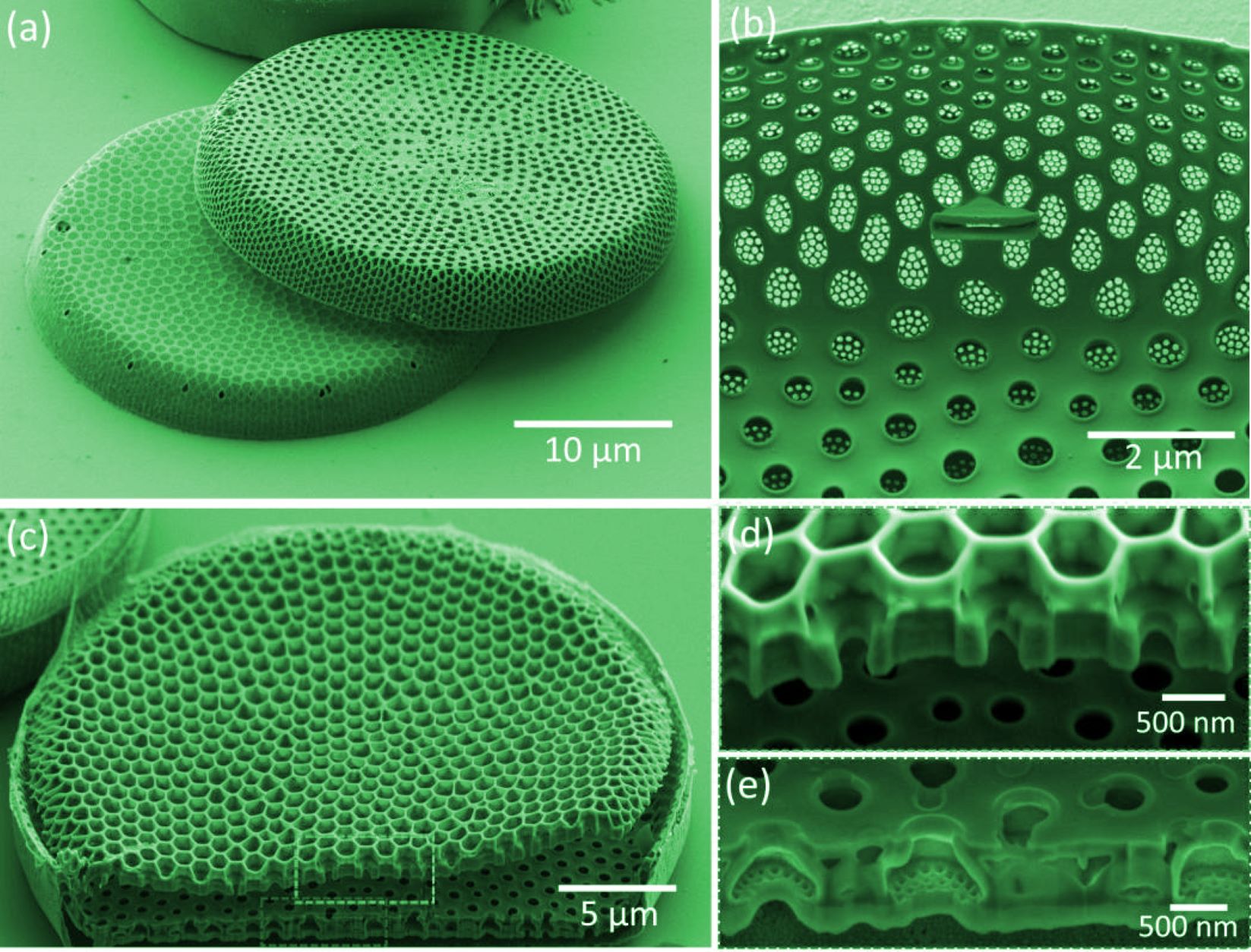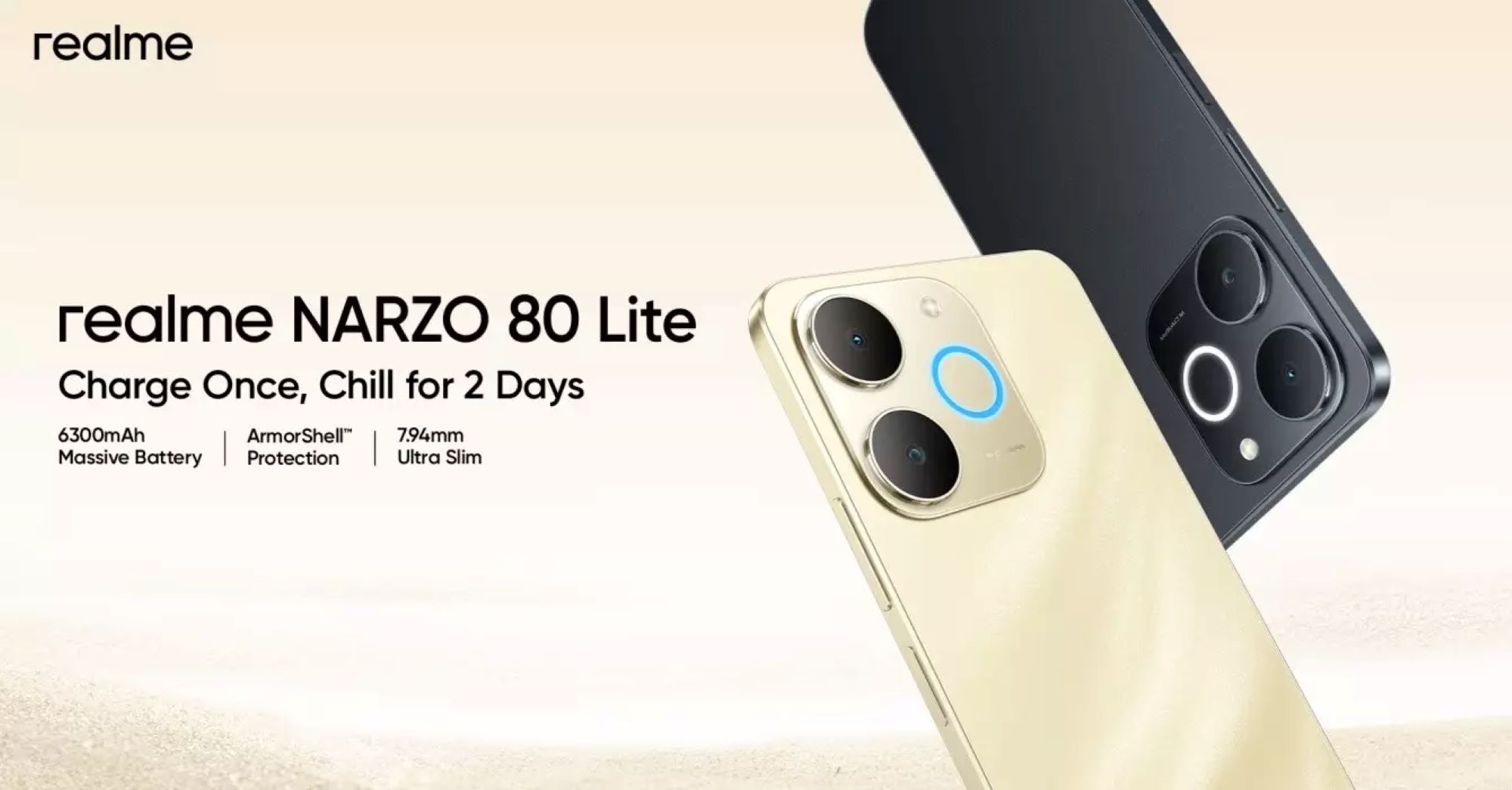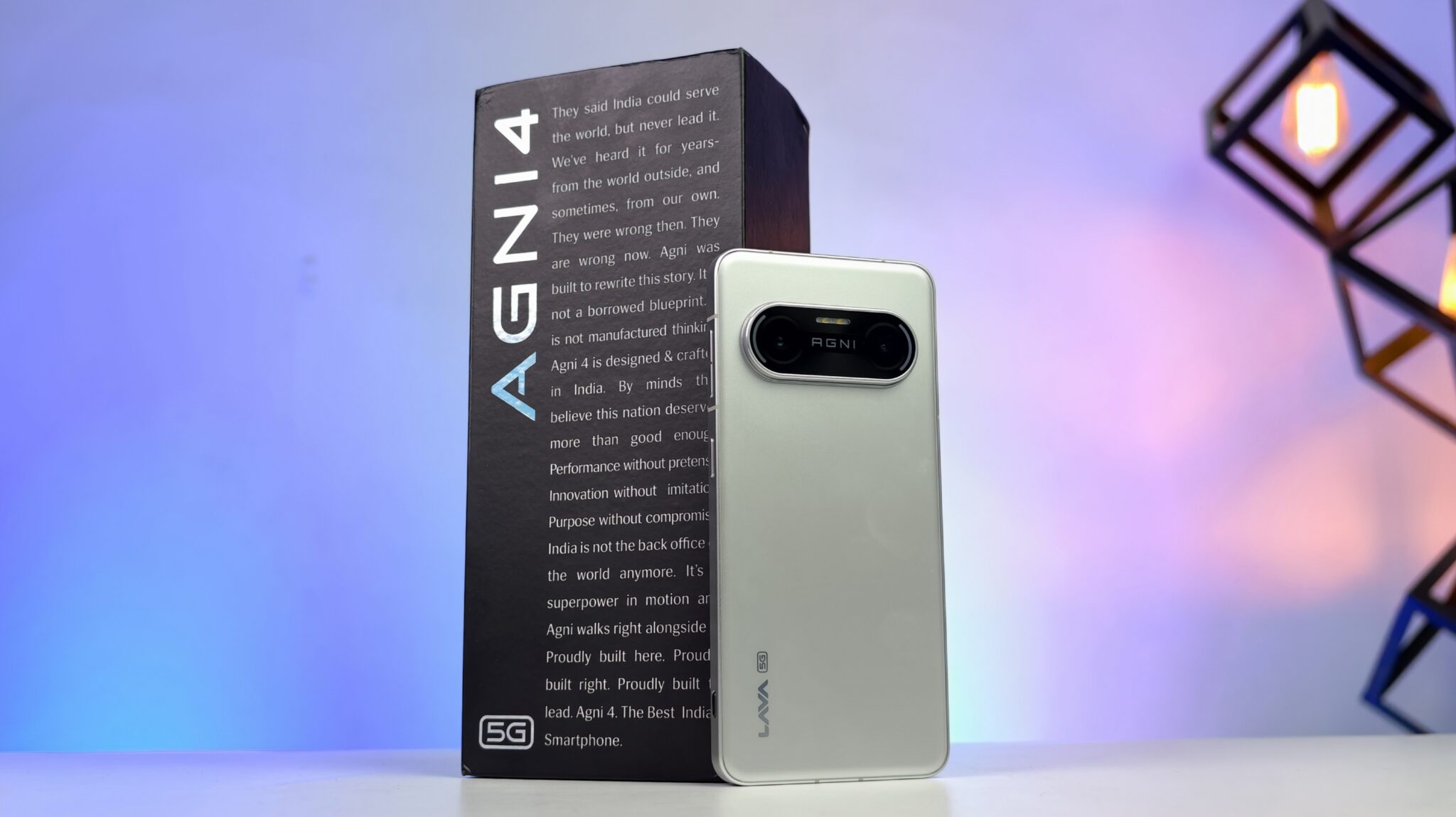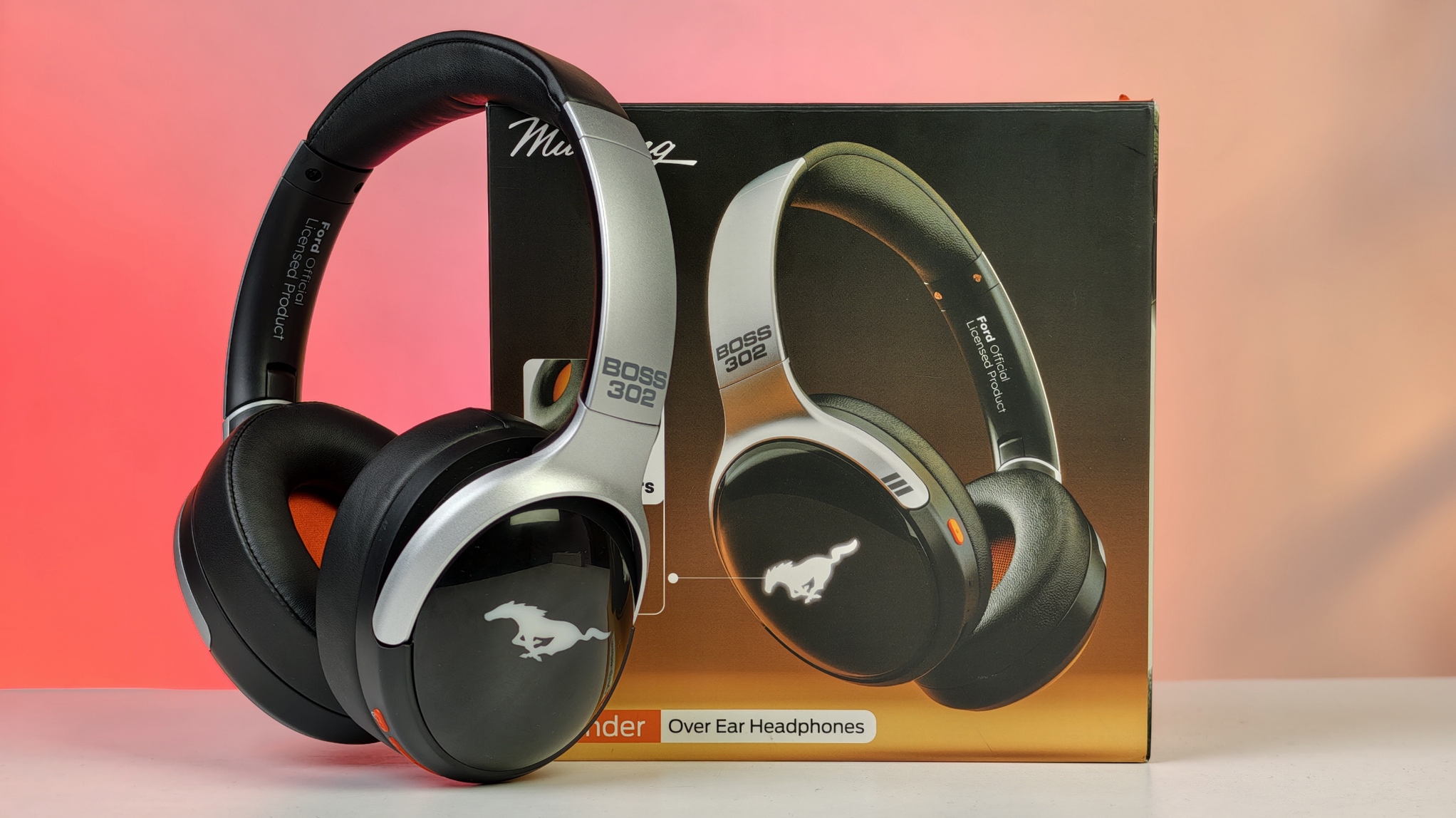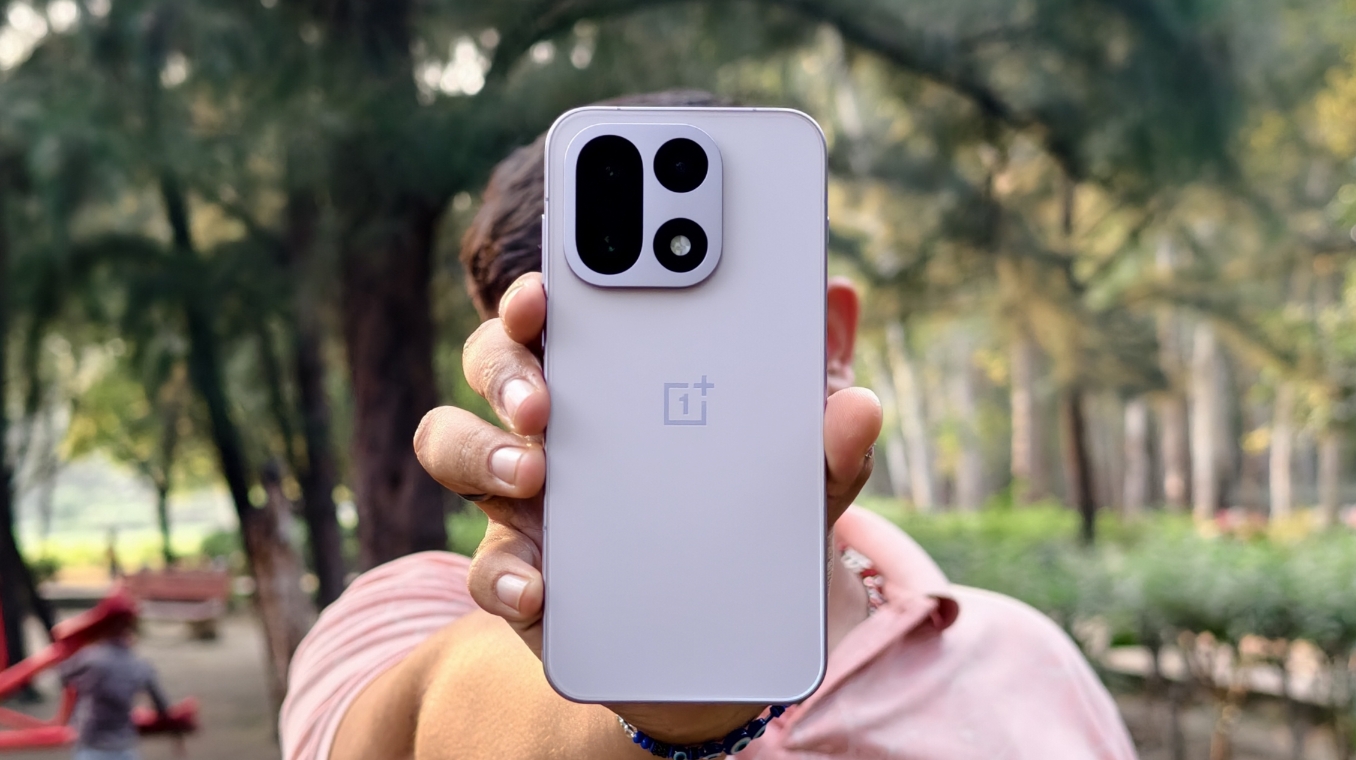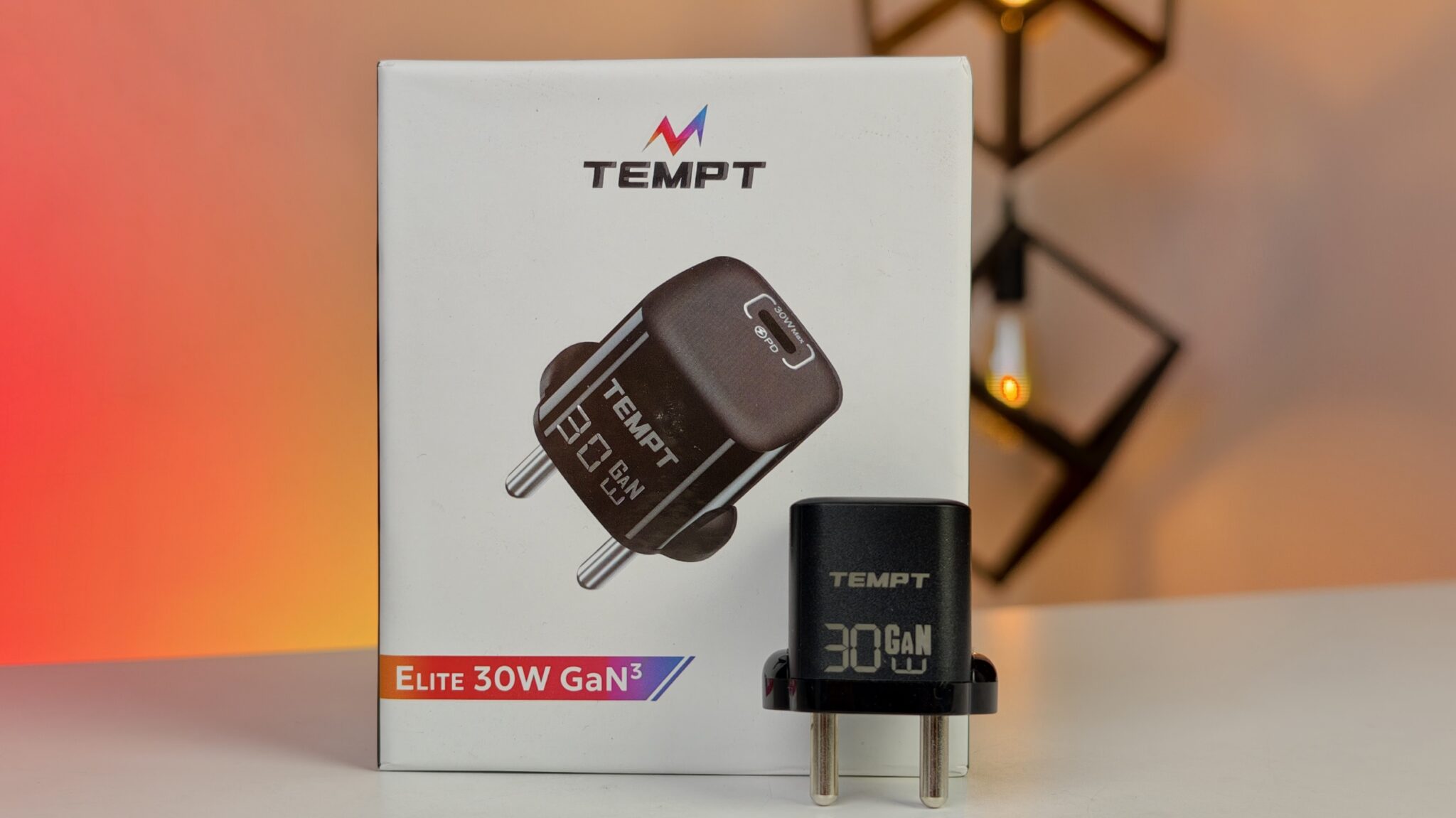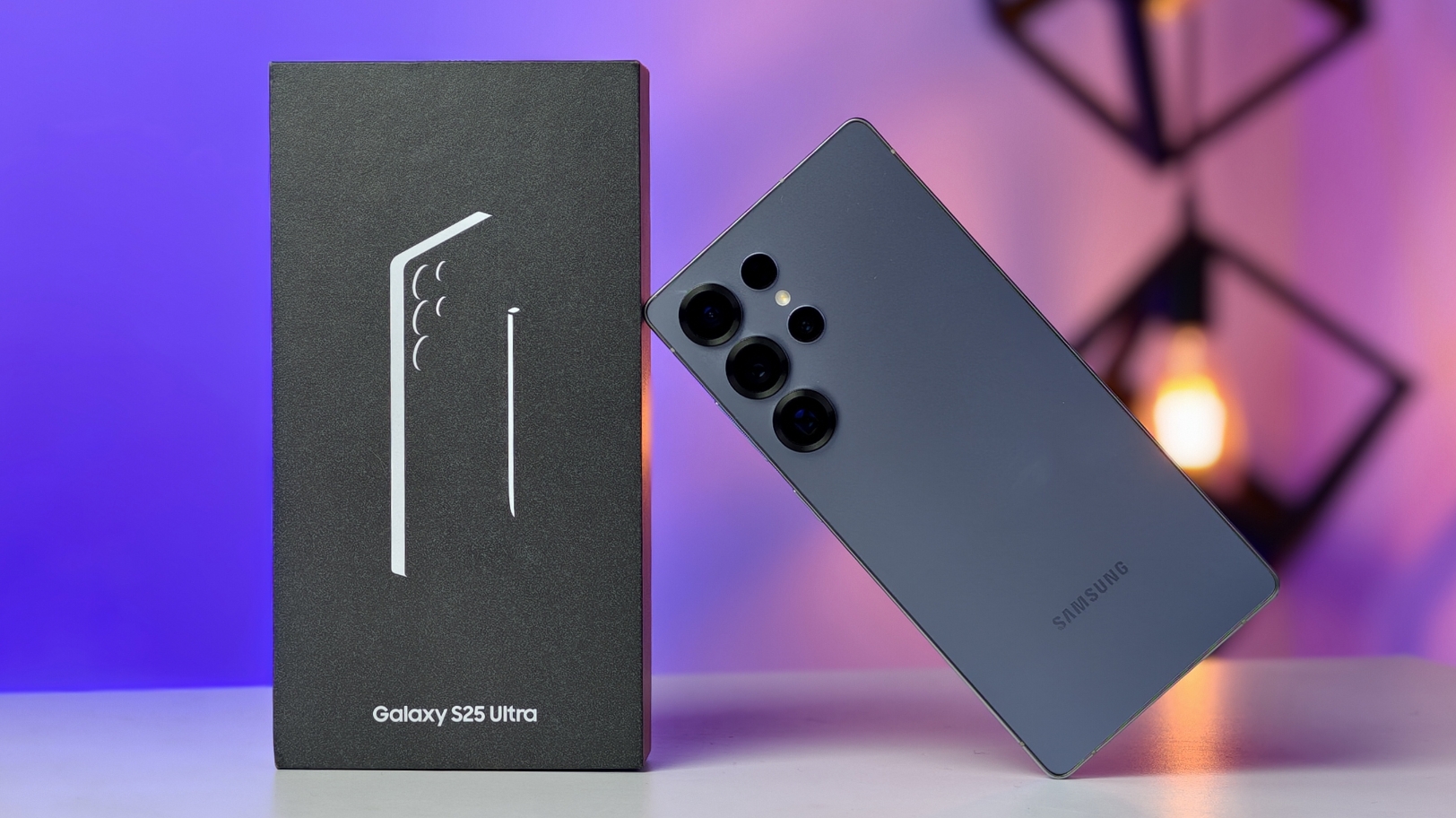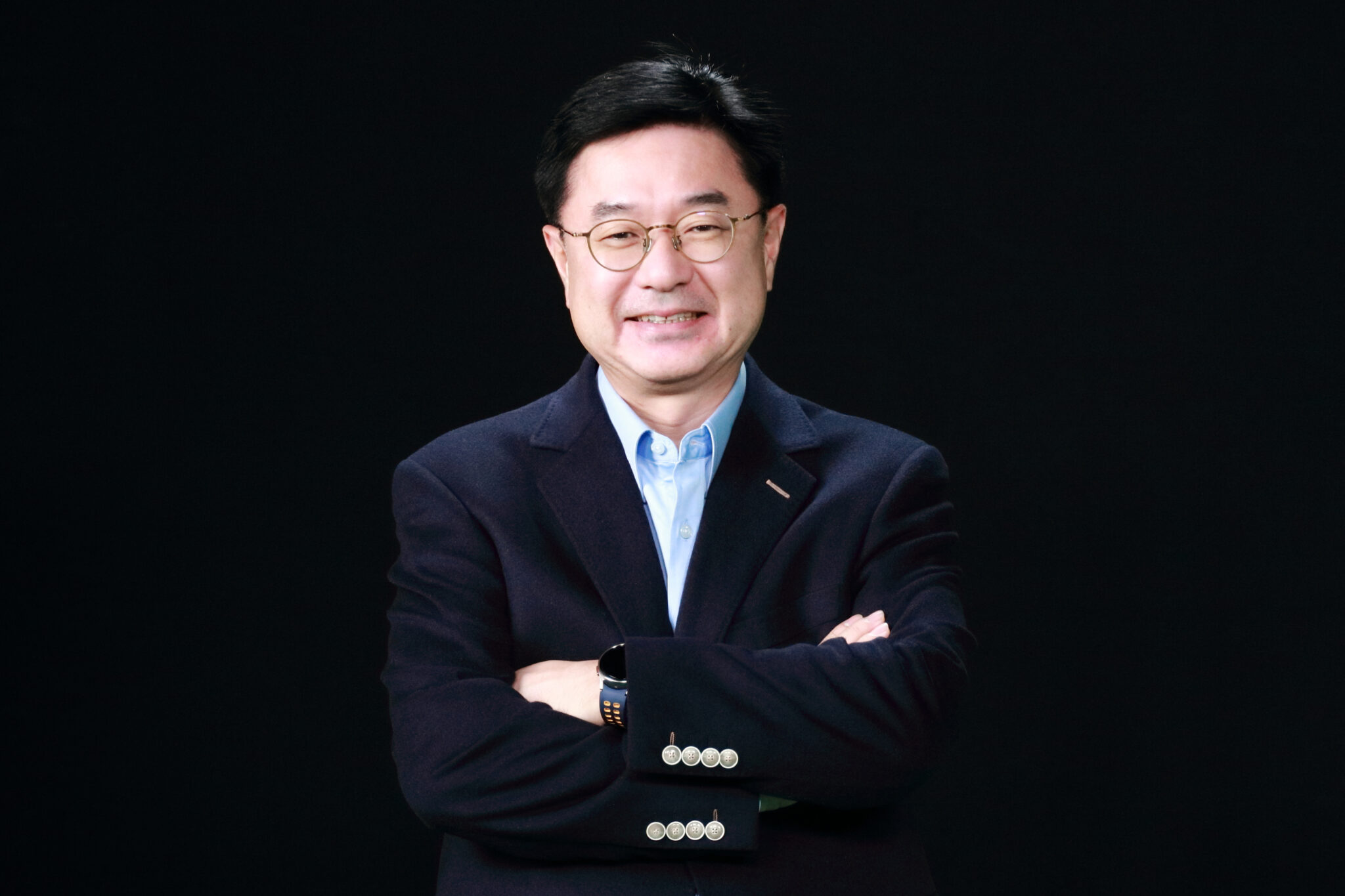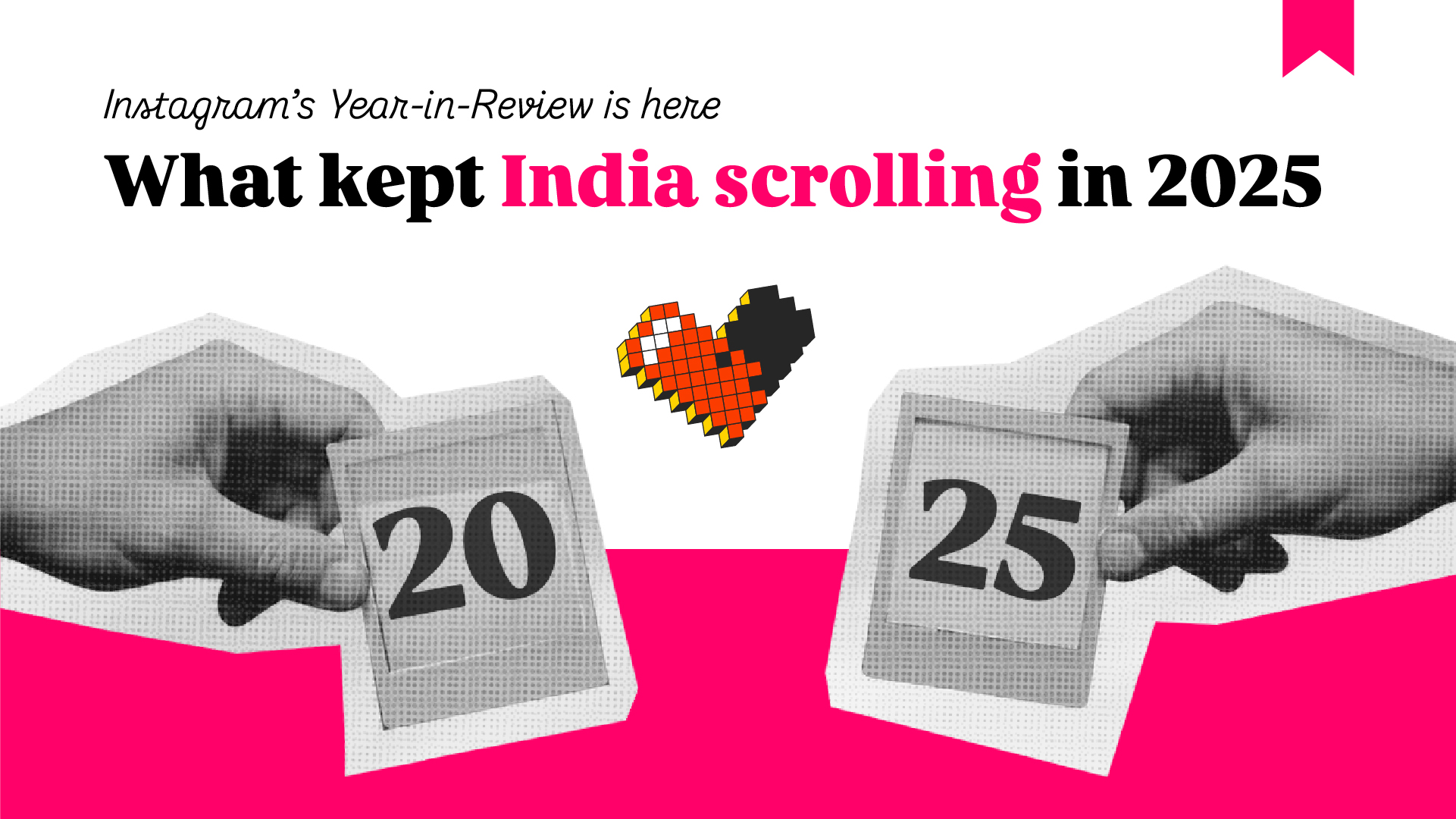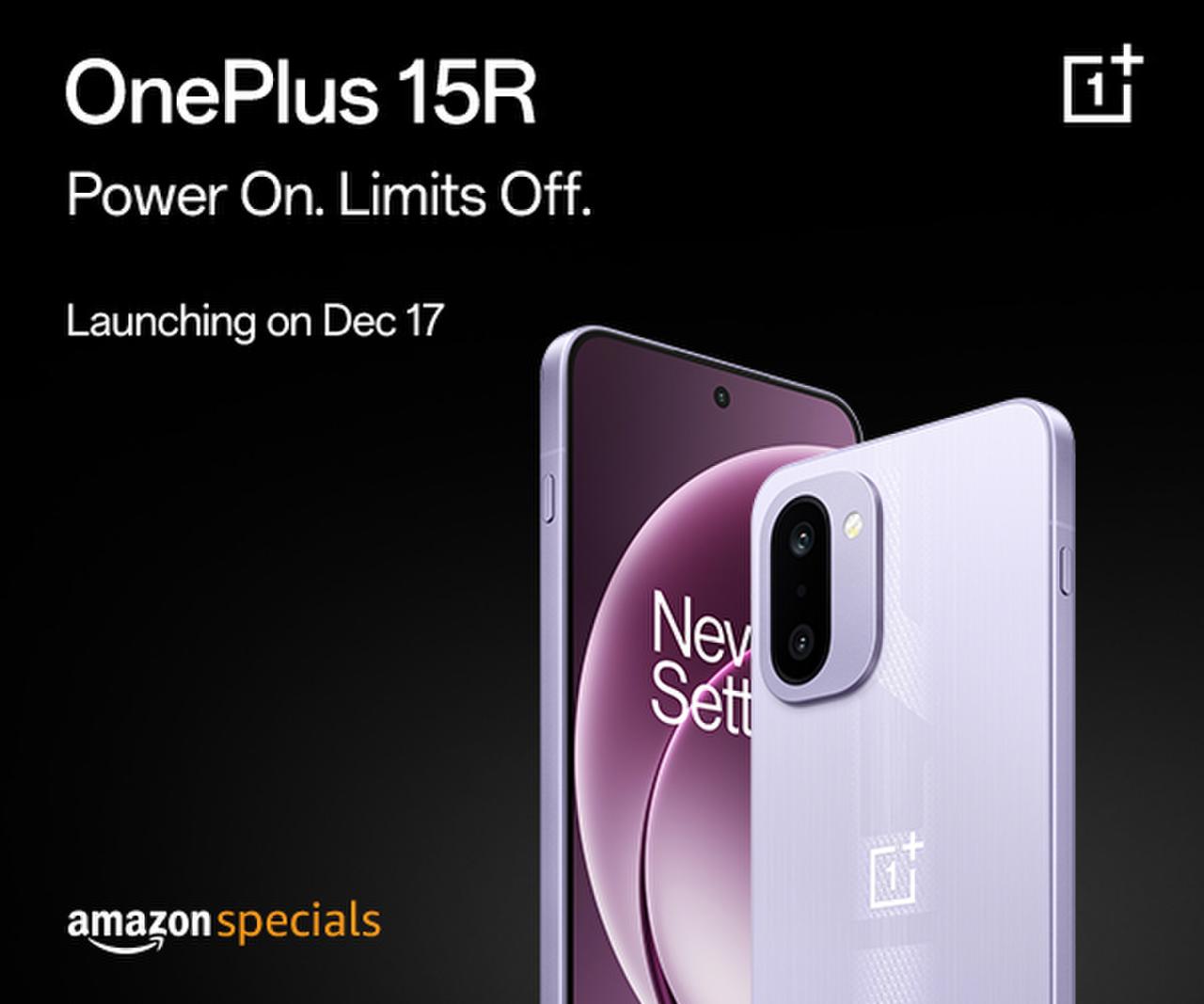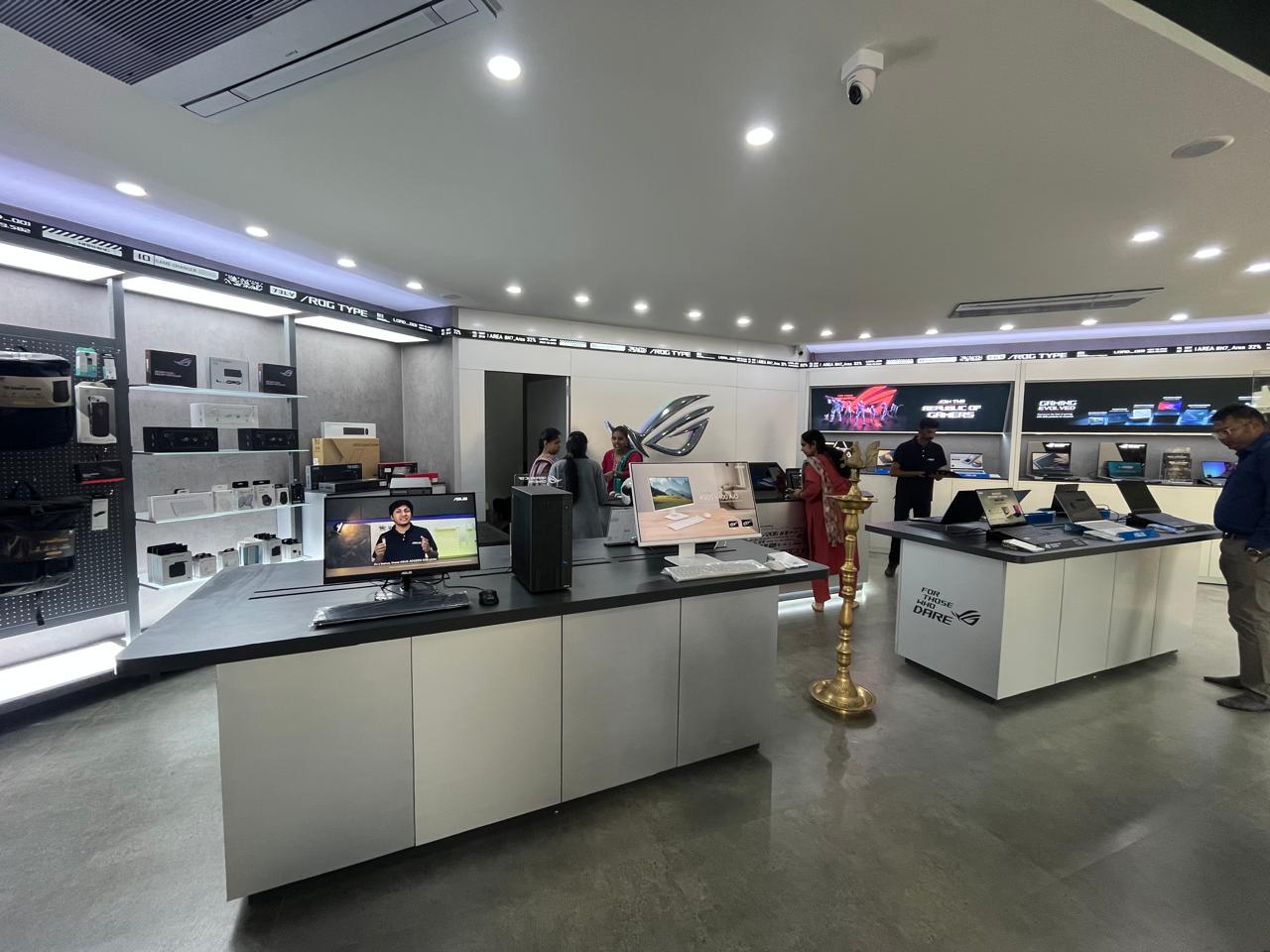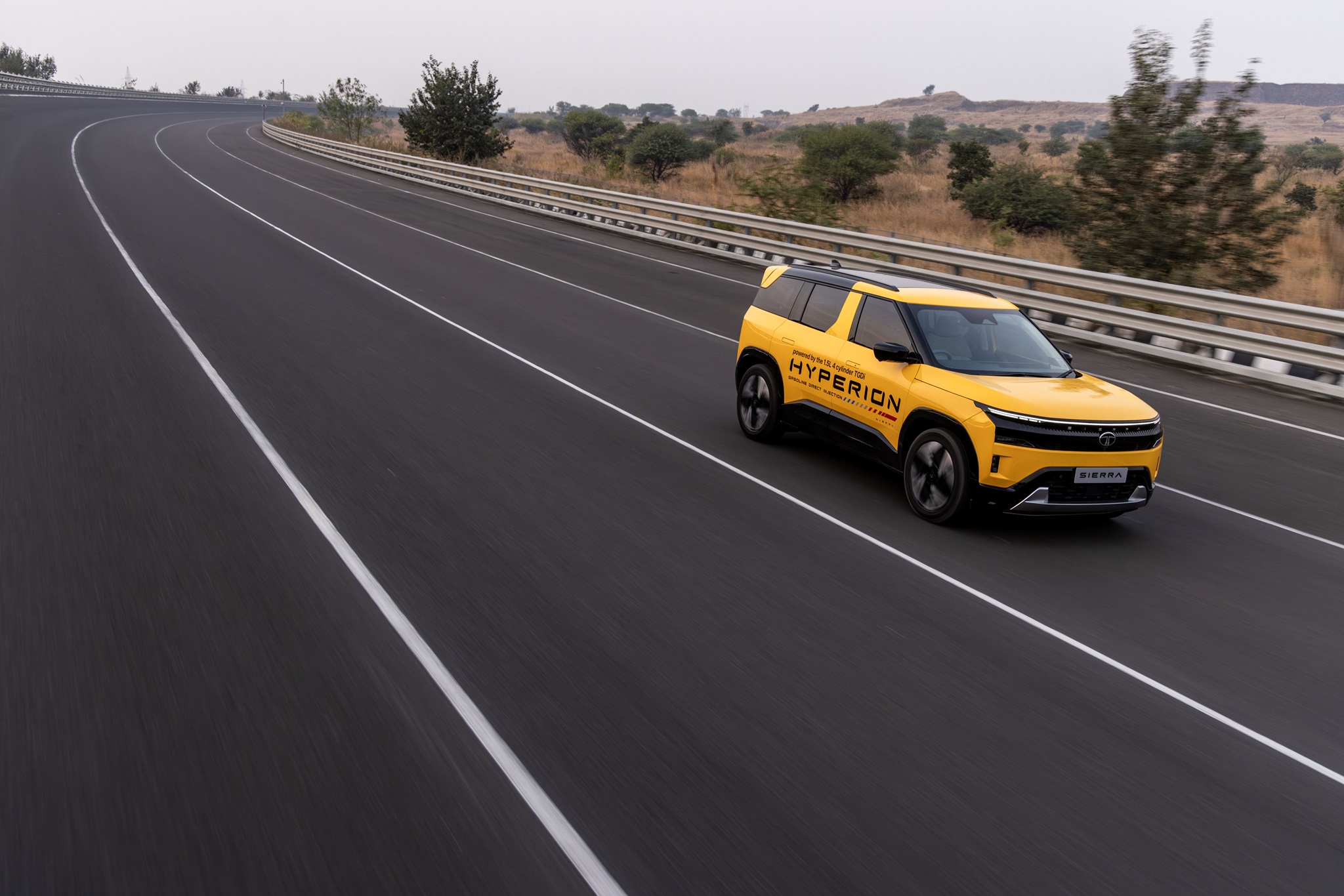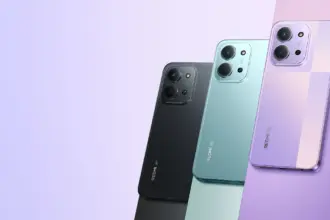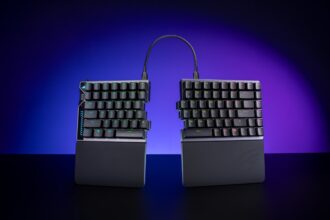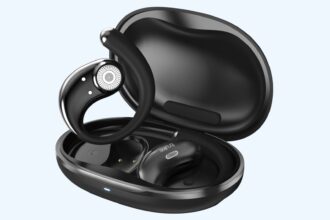Samsung Display has just announced that its latest foldable OLED panel, now featured in the Galaxy Z Fold 7, has passed a durability test of 500,000 folds without any loss in functionality. The test was verified by Bureau Veritas, a respected global certification company. To put that into perspective, this number is 2.5 times higher than the company’s previous durability standard of 200,000 folds. That alone signals a major leap in Samsung’s confidence about the long-term reliability of its foldable displays.
Key Takeaways
- The foldable panel is officially certified to endure 500,000 folding and unfolding cycles.
- This could equate to more than 10 years of use if folded around 100 times a day.
- The panel is part of the newly launched Galaxy Z Fold 7.
- The screen’s durability comes from a thicker glass layer, a new adhesive, and a titanium support plate.
The test itself was run continuously over a 13-day period at a steady temperature of 25°C. For users, 500,000 folds is no small feat. If you fold your device 100 times a day, you’re looking at well over a decade of life. Even for those who fold their phones 200 times daily, which is a lot, the panel would still last about six years. So, it seems safe to say that screen longevity may no longer be a top concern when it comes to the lifespan of foldable smartphones.
How Samsung Made the Screen Tougher
The real trick lies in what Samsung did differently this time. The company points to a new shock-resistant structure, inspired in part by the way bulletproof glass works. That material relies on multiple layers of glass and plastic to dissipate the force of impact, and Samsung borrowed that idea for its display tech.
Specifically, the outer layer of UTG (Ultra-Thin Glass) is now 50% thicker than before. Between the layers, there’s a newly developed high-elastic adhesive that reportedly offers more than four times the recovery ability compared to earlier versions. That means it can handle stress and bounce back much better. Additionally, a new structural component was added to distribute impact force more evenly. And for reinforcement, a lightweight but strong titanium plate was placed behind the display. Titanium is known for its impressive strength-to-weight ratio, making it an ideal upgrade over previously used materials.
Hojung Lee, Executive Vice President at Samsung Display, said, “As foldable OLED enters its seventh year of commercialization, we’ve achieved another meaningful breakthrough in both durability and design.” He also noted that the new panel builds greater consumer confidence in foldable tech and highlights Samsung Display’s edge in engineering. Since the launch of the first commercial foldable in 2019, concerns about display durability and those visible screen creases have lingered. With this new display technology, Samsung seems to be addressing those very issues head-on.
Frequently Asked Questions (FAQs)
Q1. What is UTG in Samsung phones?
A1. UTG stands for Ultra Thin Glass. It is an extremely thin sheet of real glass that has been chemically processed to make it flexible. Samsung uses this as the top layer on its foldable phone screens because it provides a more premium, glass-like feel compared to plastic, while still being able to bend hundreds of thousands of times.
Q2. How long will the Galaxy Z Fold 7 last with heavy use?
A2. The testing by Bureau Veritas confirmed the screen can handle 500,000 folds. For a heavy user who folds their phone more than 200 times every day, this translates to a lifespan of over six years for the display’s folding mechanism.
Q3. Who is Bureau Veritas?
A3. Bureau Veritas is a respected global company that handles testing, inspection, and certification for various industries. Having them verify Samsung’s claims means the test results are from a neutral, independent source, which adds a high degree of trust and credibility to the 500,000-fold figure.
Q4. Is the new screen more resistant to scratches?
A4. The main improvements announced are for folding durability and resistance to impact damage. While the 50% thicker glass might offer some minor improvement against scratches, the technology’s primary goal is to prevent damage from bending and shocks. It is still a flexible surface, so protecting it from sharp objects like keys is advisable.
Q5. How is this screen different from the one in the Galaxy Z Fold 6?
A5. The new panel in the Galaxy Z Fold 7 is built differently to be tougher. The key changes are a 50% thicker layer of Ultra Thin Glass, a new internal adhesive with four times better recovery performance, a new structure to distribute shock, and the use of a titanium plate for support, which was not used in previous models.


